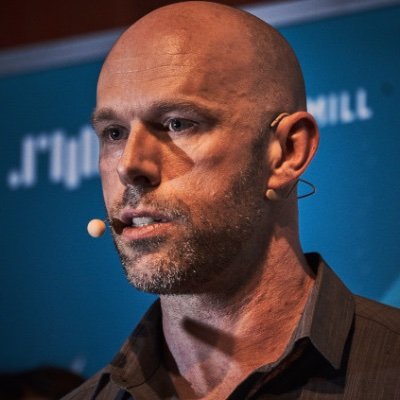
Session
Look who's talking!


Building Durable Microservices with WebAssembly
John A. De Goes - Ziverge
In this talk we’ll look at how we have used WASM to create durable microservices that pick up right where they left off after hardware failures or redeployments. We’ll also talk about how we have been building an ecosystem around this to let these services talk to each other, all powered by WASM.
–
WebAssembly (“WASM”) is still in its early stages and one of its challenges is how to go from a compelling technology to a compelling solution for businesses outside the existing WASM ecosystem.
At my company we have been working to provide at least one solution to this in the form of Golem. Golem allows you to deploy WASM based microservices that not only automatically scale up but are also durable, meaning that if the server they are running on fails or is redeployed the application will automatically be restarted on another server and resume execution in a way that is seamless to the outside world.
Taking advantage of some of the features of WASM, including its sandboxed execution environment, we are able to provide this guarantee regardless of what language the user writes their code in. In this talk we’ll be diving into some of the details of how we do this, including using our own implementations of WASI to track all interactions a program has with the outside world in an “operations log” and smart snapshotting to address some of the common problems that can arise in durable computing.
We’ll also look at how much more is needed for users to be able to deploy their applications with WASM and how we’re working to contribute to an open source ecosystem that makes it easy to communicate with WASM based workers, let them talk to each other, and monitor them, among other things.


